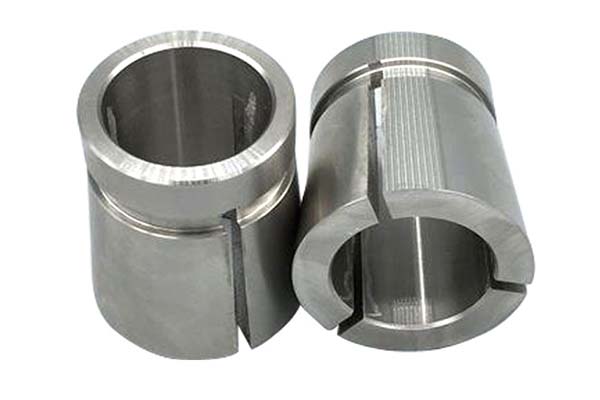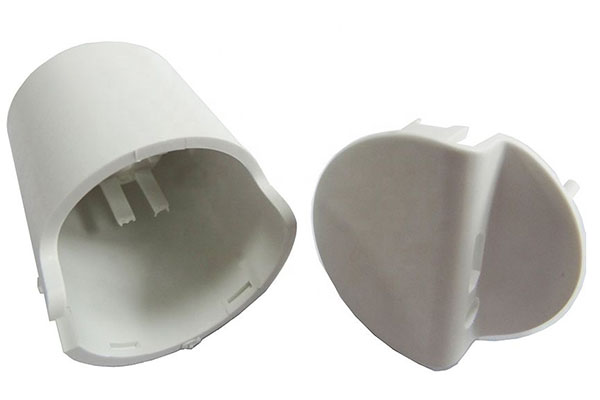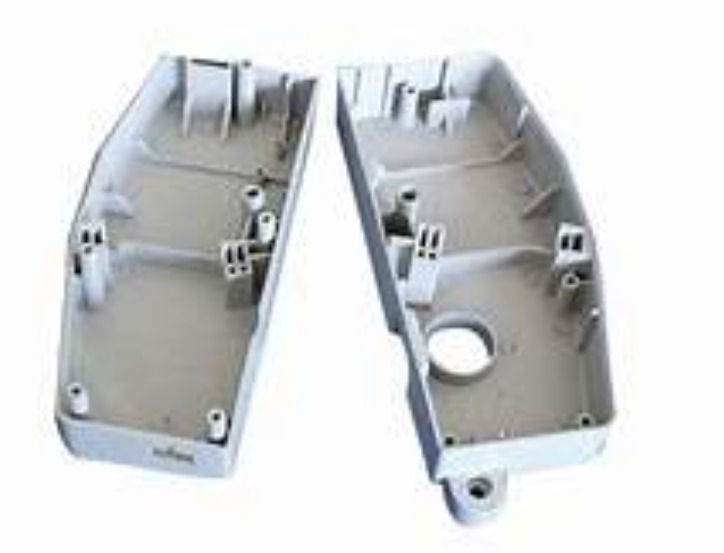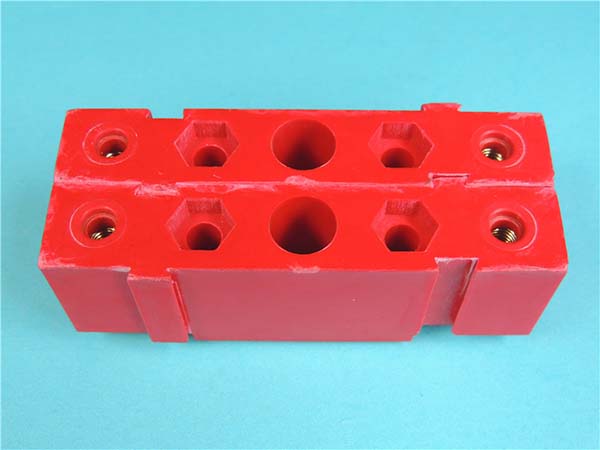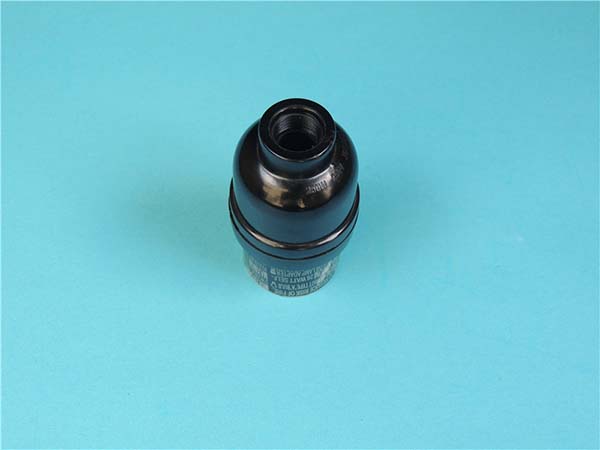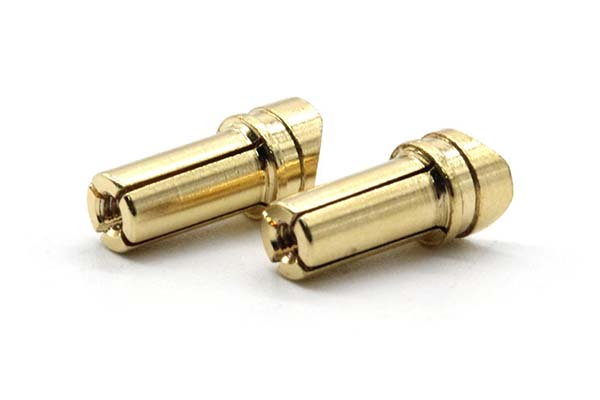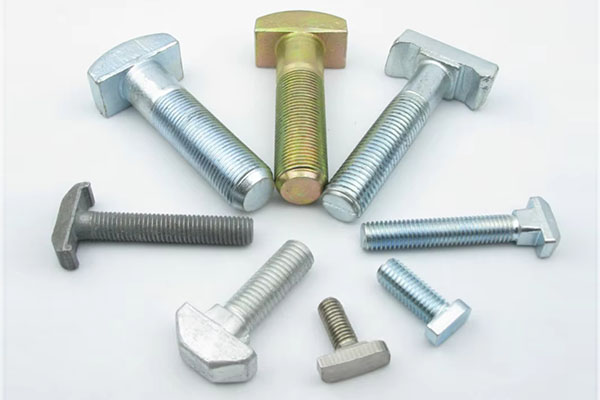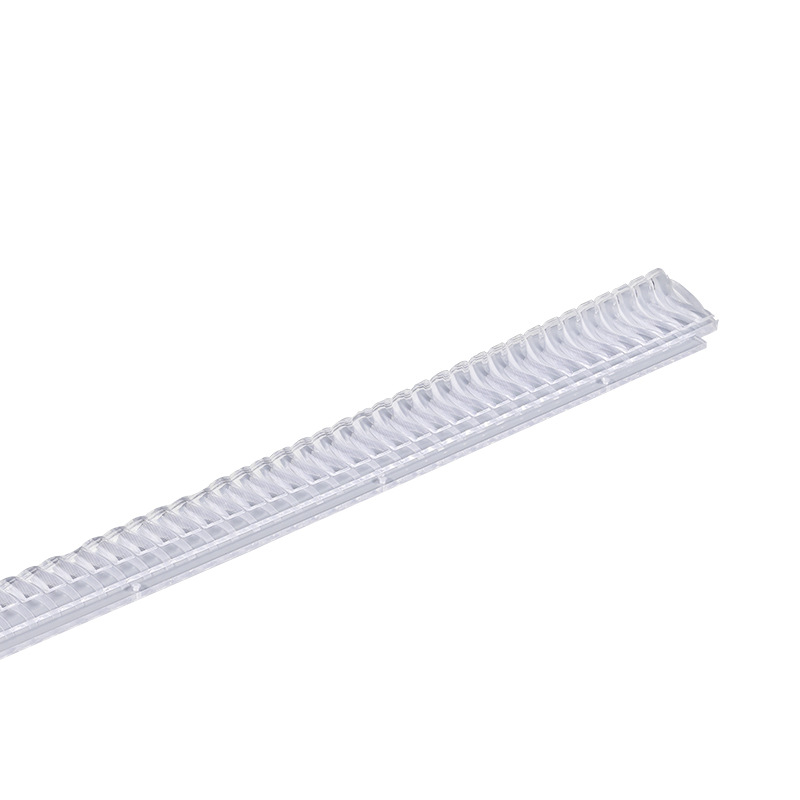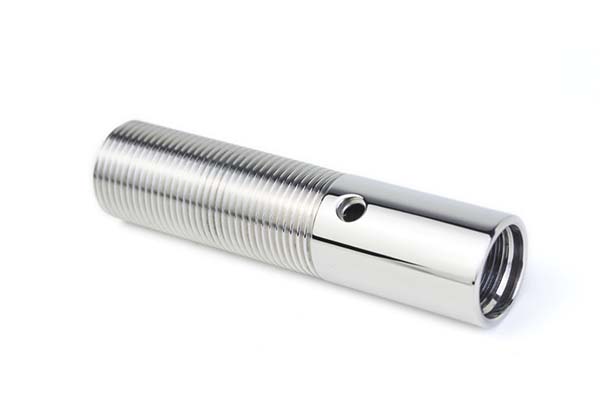Introduction
In the realm of modern manufacturing, finding materials that balance performance, weight, and cost is a constant challenge. Magnesium Alloy AZ31B has emerged as a standout option, but machining it comes with its own set of hurdles. From its tendency to corrode easily to the risks of combustion during high-speed machining, manufacturers often struggle to unlock its full potential. This article aims to address these pain points by delving into the material properties of AZ31B, exploring effective CNC machining processes, and highlighting its wide range of applications, providing you with the knowledge to tackle AZ31B machining with confidence.
Material Properties of Magnesium Alloy AZ31B
Lightweight and High Strength-to-Weight Ratio
One of the most prominent features of Magnesium Alloy AZ31B is its lightweight nature. With a density of approximately 1.77 g/cm³, it is significantly lighter than many other structural metals. For comparison, aluminum alloys have a density around 2.7 g/cm³, and steel is about 7.8 g/cm³. This low density contributes to an impressive high strength-to-weight ratio, making it ideal for applications where reducing weight without sacrificing strength is crucial. Its tensile strength typically ranges from 230 to 270 MPa, and yield strength is around 150 to 200 MPa, which is more than sufficient for a variety of structural roles.
Mechanical Properties
AZ31B exhibits a good combination of mechanical properties. It has an elongation of 10-15%, allowing it to undergo some deformation before failure, which is beneficial in manufacturing processes that involve bending or forming. The hardness of AZ31B, measured on the Brinell scale, is around 45-55 HB. Additionally, it has reasonable fatigue resistance, enabling it to withstand repeated loading cycles, though not as high as some steel alloys. These mechanical properties make it a versatile material for both static and dynamic applications.
Corrosion Resistance and Electrochemical Properties
While corrosion resistance is not AZ31B's strongest suit, it can be improved with proper surface treatments. In its untreated form, it is susceptible to corrosion, especially in humid or salty environments, due to its electrochemical properties. Magnesium is more active than many other metals, which means it can act as an anode in galvanic couples, leading to accelerated corrosion. However, with treatments like anodizing or coating, its corrosion resistance can be significantly enhanced, making it suitable for a wider range of applications.
Thermal and Electrical Conductivity
AZ31B has moderate thermal conductivity and electrical conductivity. Its thermal conductivity is around 156 W/(m·K), which is lower than that of copper but higher than some stainless steels. This makes it useful in applications where heat dissipation is needed but not the primary concern. The electrical conductivity is sufficient for certain electrical components, though it is not as high as that of copper or aluminum.
Microstructure
The microstructure of AZ31B plays a key role in its properties. It typically has a fine-grained structure, with grain size influencing its mechanical behavior. Smaller grain sizes generally lead to higher strength. The phase composition of AZ31B includes a magnesium matrix with small amounts of aluminum and zinc phases, which contribute to its strengthening through solid solution and precipitation hardening mechanisms. Understanding the microstructure is essential for optimizing machining processes and predicting the material's performance.
CNC Machining Process for Magnesium Alloy AZ31B
Tool Selection and Cutting Tools
Choosing the right cutting tools is vital for successful CNC machining of AZ31B. Carbide tools are preferred due to their high hardness and wear resistance. Uncoated carbide or carbide with special coatings designed for magnesium machining can reduce friction and prevent chip buildup. The tool geometry is also important; sharp cutting edges with positive rake angles help in efficient chip formation and reduce cutting forces. High-speed steel tools can be used for some low-speed operations but are more prone to wear compared to carbide tools.
Machining Parameters
High-speed machining is often suitable for AZ31B, but the spindle speed, feed rate, and depth of cut must be carefully adjusted. Spindle speeds can range from 5000 to 15000 rpm, depending on the operation and tool size. A feed rate of 0.1 to 0.3 mm/rev is commonly used, and the depth of cut can be up to 2-3 mm for roughing operations, with smaller depths (0.1-0.5 mm) for finishing to achieve better surface finish. These parameters help in maintaining a high material removal rate while minimizing heat generation and tool wear.
Coolant and Lubrication
Proper coolant and lubrication are essential to control heat and prevent fire risks during AZ31B machining. Since magnesium is highly flammable, water-based coolants with low flammability are preferred. The coolant should be applied in sufficient quantities to flood the cutting zone, dissipate heat, and flush away chips. Lubricants can help reduce friction between the tool and the workpiece, improving surface finish and reducing tool wear. It's important to ensure that the coolant system is well-maintained to prevent contamination, which can affect the machining process and the material's surface quality.
Tool Path and Machining Strategy
Optimizing the tool path and machining strategy is crucial for efficient and accurate machining of AZ31B. Climb milling is often recommended as it reduces tool wear and improves surface finish. For complex parts, a layered machining approach with roughing, semi-finishing, and finishing passes can be used. The roughing pass removes most of the material quickly, while the finishing pass focuses on achieving the required dimensional accuracy and tolerance. Avoiding sharp turns and sudden changes in direction in the tool path can reduce chatter and improve the stability of the machining process.
Surface Finish, Dimensional Accuracy, and Tolerance
AZ31B can achieve a good surface finish with proper machining parameters and tool selection, typically in the range of Ra 1.6 to 3.2 μm. Dimensional accuracy is achievable within ±0.01 mm for most applications, with tighter tolerances (±0.005 mm) possible with careful setup and quality control. Factors such as tool wear, machine rigidity, and thermal expansion can affect dimensional accuracy, so regular monitoring and adjustment are necessary. Post-machining processes like polishing can further improve the surface finish if required.
Chip Formation, Tool Wear, and Heat Management
Chip formation in AZ31B is typically continuous, and proper chip control is important to prevent chip entanglement and fire hazards. Using tools with appropriate geometry and coolant helps in breaking the chips into small, manageable pieces. Tool wear can occur due to the abrasive nature of the material and high cutting speeds. Regular inspection of tools for wear and timely replacement ensure consistent machining performance. Effective heat management is critical; besides using coolants, ensuring good ventilation in the machining area helps in dissipating heat and reducing the risk of fire. Heat generation should be minimized to prevent thermal distortion of the workpiece and maintain its dimensional stability.
Applications of Magnesium Alloy AZ31B
Automotive Industry
The automotive industry is a major user of AZ31B due to its lightweight properties. It is used in manufacturing engine components, transmission components, and wheel hubs, where reducing weight helps improve fuel efficiency and performance. For example, using AZ31B in engine cradles can reduce the overall weight of the vehicle by several kilograms. Its high strength-to-weight ratio also makes it suitable for lightweight structures in cars, contributing to better handling and reduced emissions.
Aerospace Industry
In the aerospace industry, AZ31B is used in various components where weight reduction is critical. It can be found in aircraft interiors, such as seat frames and cabin structures, as well as in some structural parts. Its combination of lightweight and moderate strength makes it a viable alternative to aluminum in certain applications, helping to reduce the overall weight of the aircraft and increase payload capacity.
Electronics and Consumer Electronics Industry
AZ31B is widely used in the electronics industry and consumer electronics for manufacturing enclosures of devices like laptops, smartphones, and tablets. Its lightweight nature makes the devices easier to carry, and its good thermal conductivity helps in dissipating heat generated by electronic components. The ability to achieve a smooth surface finish through machining also makes it suitable for aesthetically pleasing enclosures.
Medical Devices and Sporting Goods
In the medical devices field, AZ31B is used in lightweight equipment and components, such as wheelchairs and surgical tools, where portability and maneuverability are important. In sporting goods, it is used in the production of frames for bicycles, golf clubs, and tennis rackets, providing strength and durability while keeping the equipment lightweight, which can enhance performance for athletes.
Yigu Technology's Perspective
As a parts custom manufacturing supplier, Yigu Technology has extensive experience in CNC machining Magnesium Alloy AZ31B. We prioritize safety by using appropriate coolants and machining strategies to mitigate fire risks. Our team selects the right tools and optimizes parameters to ensure high efficiency, tight tolerances, and excellent surface finish. We also offer surface treatments to enhance corrosion resistance, meeting the diverse needs of automotive, aerospace, and electronics industries.
FAQ
- Is Magnesium Alloy AZ31B prone to corrosion?
- Yes, untreated AZ31B has poor corrosion resistance. But with surface treatments like anodizing or coating, its corrosion resistance can be significantly improved, making it suitable for various environments.
- What are the main safety concerns when machining AZ31B?
- The main concern is fire risk due to magnesium's flammability. Using water-based coolants, controlling heat generation, and ensuring good chip management are essential to prevent fires.
- Can AZ31B be welded?
- Yes, AZ31B can be welded using processes like TIG welding. However, proper techniques and precautions are needed to avoid oxidation and ensure strong welds, as magnesium is reactive at high temperatures.
